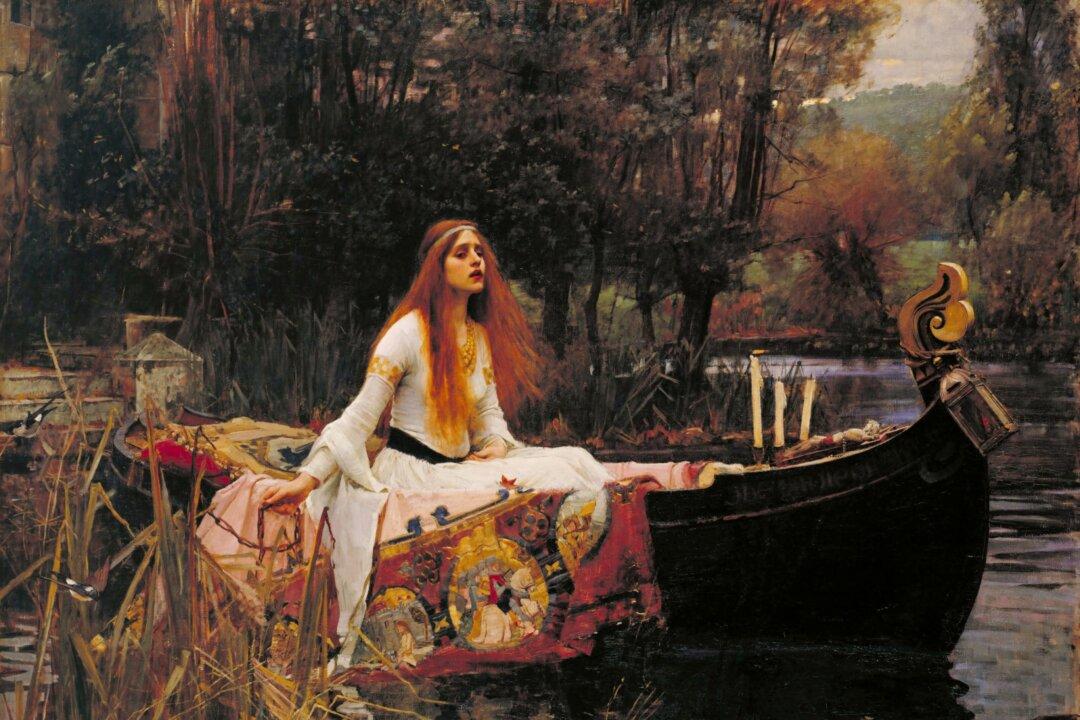Sometimes, I’m the victim of my own imagination. I let my thoughts run wild with desires for my future and what I’d change about my past. And sometimes, my imagination adds the creative element I need to complete a complex project or add an element of wit to an otherwise bland conversation.
I was looking through paintings by John William Waterhouse and saw his painting “The Lady of Shalott,” which is based on Alfred Tennyson’s poem of the same name. I began to think about what this poem and painting say about the imagination and was led down a path riddled with “what ifs?”





